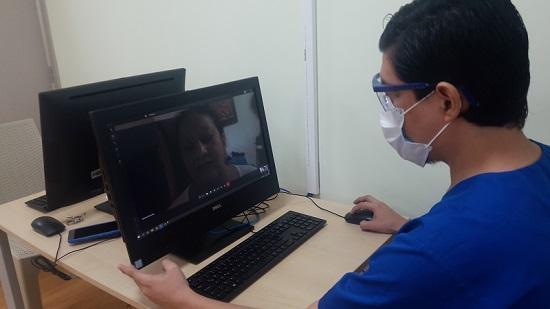Unit Cost And Hope - Increased NHS Resilience Through Tech-enabled Transformation
22nd April 2024

The pace of advances in the biological and data sciences continues to accelerate, having direct impact on the daily lives of most people on the planet. These twin scientific revolutions have accelerated innovations in healthcare, which is great news for patients. In the past few years we have witnessed new life-changing treatments for auto-immune disorders, sickle cell disease, cystic fibrosis, obesity, cardiovascular disease and dementia to name just a few. And on the healthcare delivery side more and more people can access their records, make appointments that fit their schedule, and receive effective computer-generated personalised advice for mental health conditions, all on their cell phone.
At the same time, the healthcare systems of nearly every country are straining to keep up with demand. For most OECD countries, the aging of the baby boom, with its attendant accumulation of multiple chronic conditions, has generated much of the increasing demand. The number of people reaching age 85 will keep increasing until the mid 2040s, bringing ever increasing need for services. The press regularly wrings their hands over the financial burden this places on the younger generations for funding both healthcare and social care without much in the way of solutions.1 Less attention has been paid to the challenges created when the delivery system is asked to deliver the rapidly increasing number of medical innovations safely and effectively to this expanding population. In other words, innovations themselves contribute substantially to healthcare's capacity problem. Every innovation (diagnosing or treating a condition) requires more infrastructure and more time from the people delivering healthcare. Given the high reliance on people to deliver healthcare services, the pace of innovation is outstripping the workforce's capacity to deliver those innovations. Healthcare needs a new chassis.
To be fair, not all innovation adds to delivery burden. The delivery logistics for new vaccines, for example, require some added infrastructure but those new logistics are much less burdensome on the delivery system than the attendant hospitalisations from vaccine preventable diseases.2 In fact, it is tempting to point to prevention as the solution to our healthcare capacity problems. While prevention lowers the slope of the rising healthcare consumption curve, it nonetheless does not appear to lower lifetime demand for services. We will all still acquire conditions and consume healthcare as part of the aging process.
Despite this caveat, the current healthcare delivery system simply cannot keep pace with the increasing numbers of people requiring multiple services combined with the increasing number and complexity of new diagnostics and therapeutics. Our challenges with access to care, untenable waiting lists, and clinician burnout, are all symptoms connected to the widening gap between clinical needs of the population and health system's capacity to deliver them.
Unit cost and hope
Can we narrow the gap? The concept of unit cost may be helpful in thinking about this question. If we define a single health service delivered to someone in need as the 'unit' of service delivery, then what will it take to make it easier to satisfy that need? Part of unit costs are the costs of transaction.3 Anyone with a medical need trying to navigate the healthcare system will understand transaction costs - the time and energy required to get an appointment scheduled, a test result, or a treatment. Reducing the friction in getting services is the same as saying in monetary terms that the goal is to lower unit cost - provide a service to the person in need much more efficiently.
In healthcare, cost can often be understood as a proxy for workforce since a majority of costs in healthcare support the people working in healthcare. Similar to other industries, healthcare needs a tech enabled transformation, lowering transaction costs (so lower unit cost), but healthcare's transformation will look very different from other industries. The NHS has too few professionals already, so any technology transformation will need to make the work of delivering care more efficient and the workforce more resilient. Three characteristics of healthcare highlight differences with other industries: the diversity of services grouped together in healthcare is arguably more complex (over 10,000 diagnoses) than in other industries, the personal aspects of caring in healthcare delivery, and the risk to human life.
Another important difference from other industries is the highly professional nature of the workforce. Physicians, nurses and other allied health professionals are highly trained, in short supply, and deeply unhappy with their work life. The combination of the public's need for more services, the stress generated by the risks delivering healthcare, managers pushing for greater productivity, and fiscal watchdogs tightening the purse strings has led to historically low morale, premature departures from the workforce, and industrial action. So while lowering unit cost is a requirement for improving access and outcomes, tech-enabled transformed care must also deliver a sense of hope to the providers currently experiencing unrelenting demand for their services.
What, then, is the solution? While technology is itself a major contributor to the problem, the adoption of technology that re-engineers the chassis - lowering unit costs - is also the only solution.
Author
Timothy G. Ferris MD, MPH
Read the full article at Science Direct
